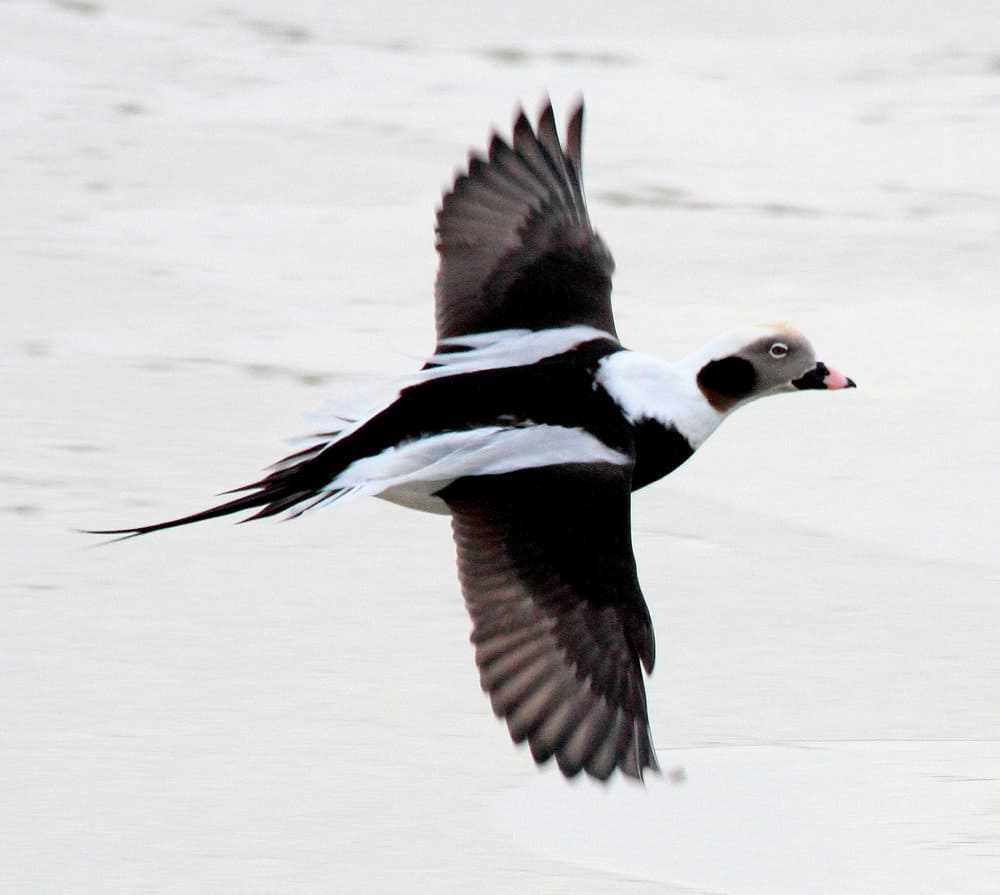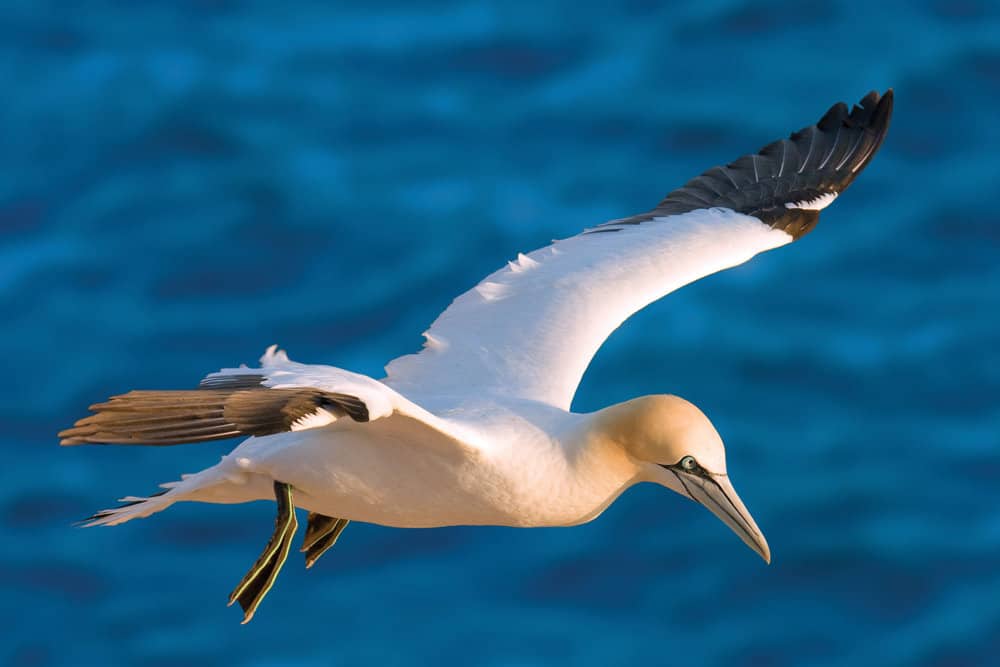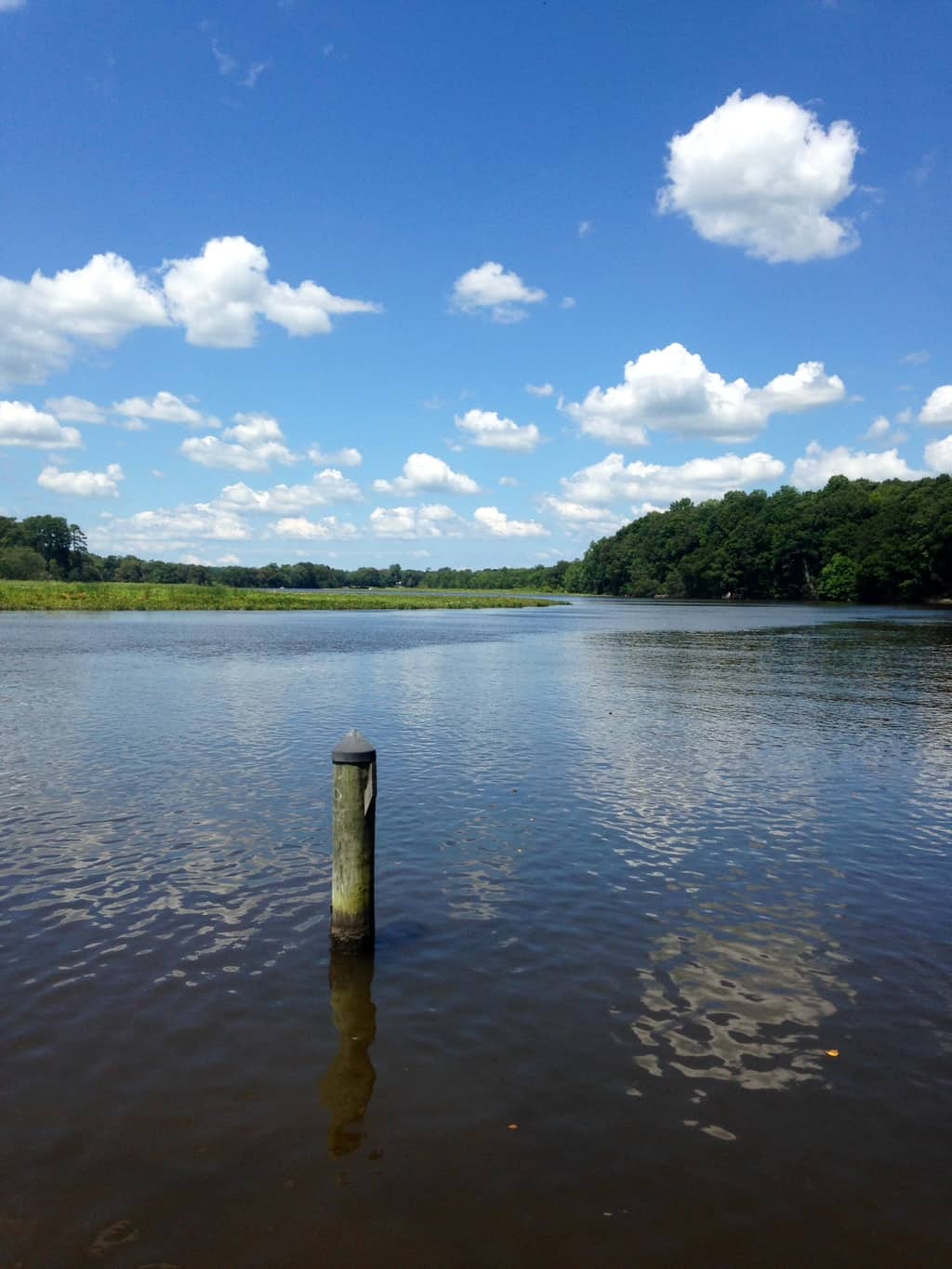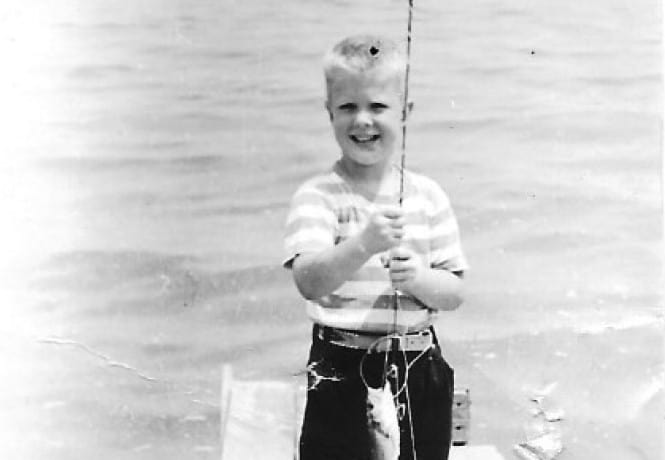Long-tail sea ducks mark the arrival of winter on the Bay.
Unless you’re a waterman, a tugboat crew member, a Bay pilot-launch captain, an obsessed angler, or an avid birder, you may not know that they are here.
Our Chesapeake hosts remarkable flocks of long-tail ducks, which stay largely out in cold open water, diving to surprising depths to feed. They come to us from summer nesting grounds above the Arctic Circle. The males are as gaudy as black-and-white plumage can get. And they carry an affectionate nickname based on their musical calls—Jinglers.
Officially known as the long-tailed duck for the male’s jaunty, streamlined tail, and colloquially called oldsquaws by old-timers, Jinglers are often the most abundant bird in the high Arctic. In winter, the drakes’ white heads and black neck patches stand out first followed by white-over black chests, gray-white flanks under dark wings, and those distinctive, long black tailfeathers cocked at a thirty-degree angle from the water. When they take flight, the contrast between black and white becomes even more eye-catching. As in most other duck species, long-tail hens are less conspicuous, though their white faces and necks contrast with brown crowns, cheek patches, and bodies.
In summer, their nests are circumpolar, encircling the Arctic Coastal Plain wherever they find tundra, from Alaska’s North Slope and Canada’s Arctic islands to Greenland, Iceland, Scandinavia, Russia’s Kola Peninsula and Siberia. Waterfowl biologists often find them associating with colonies of Arctic terns, which protect them from predators such as herring gulls, jaegers, and ravens. As these nesting grounds begin to freeze, they migrate to coastal areas from Newfoundland to the Chesapeake, with a few birds going to the North Carolina sounds, and a smattering continuing on to the Gulf Coast. Recent counts indicate that the Chesapeake hosts around 15,000 long-tails, 10 to 15 percent of the Atlantic population, beginning in December.
Now, why would ducks weighing a little less than two pounds each, with wingspreads around twenty inches, take on such long, tiring, perilous journeys of a thousand miles or more to our waters? The answer is the food in largely ice-free waters. For several millennia, Chesapeake Bay has offered them benthic communities teeming with life, especially small clams, mussels, mud-crabs, tiny shrimp, and small fish. Jinglers are opportunistic feeders that will eat whatever they catch. Their bills are shaped for scraping and digging food from reefs, with “nails” (small downward projections) at the tips for extracting and holding prey. Moreover, long-tail ducks are championship divers capable of propelling themselves 100 feet or more underwater with powerful feet and wings, though it behooves them to feed as shallow as possible to conserve energy. This deep-diving capability gives them a competitive edge over the other diving ducks when shallow food is scarce.
Scarcity of food is an issue. Since the late 1800s, the acreage and ecological richness of our oyster reefs have declined by more than 90 per cent, and since 1950, low-oxygen dead zones have killed or damaged many of the Bay’s deep mud-bottom clam and worm communities. We don’t have long-tail population numbers from the nineteenth century when they received little human attention, even from hunters. Their diet gives them a fishy taste that most people in this part of the world don’t like. But, trends in the twentieth century have shown population declines. The same holds true for other sea duck species with affectionate nicknames that winter here, including scooters (white-wing-, black-, and surf-scoters), whistlers (common goldeneyes), and butterballs (buffleheads). These are stories for another time, but you will find them along Chesapeake shorelines and out in the broad rivers and sounds in the winter on your shoreline walks or cold-water expeditions.
The wonderful truth today is that the Chesapeake’s oyster stocks are increasing, oxygen-depletion is retreating, and vigorous programs aim to continue those trends thanks to strong public support. Even so, it’s important to remember how rich this Bay once was, because that’s the prize we’re striving for, and the long-tail ducks are just one indicator. Do they have a substantial economic or ecosystem value? Probably not enough to make a big difference. But, they are beautiful, wild creatures that have depended on the Chesapeake for thousands of years, and their heroic life cycle is extraordinary. They brighten any Chesapeake winter exploration. And for that, they deserve our respect and our stewardship.




